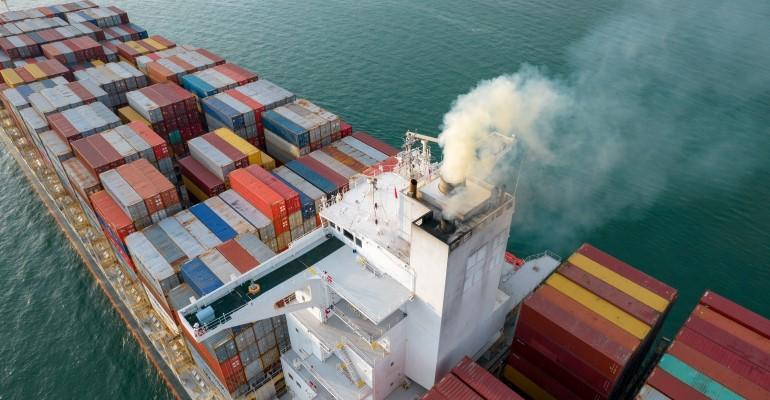According to Linerlytica the rate escalation has “peaked” and carriers are now looking beyond the Chinese New Year order elevation to the post-festival slack, following a 126% increase in the Shanghai Containerized Freight Index (SCFI) since the end of November 2023.
Linerlytica’s view that “Despite a widely expected correction, freight rates are still expected to retain most of its recent gains after the Chinese holidays as the shortage of both vessel capacity and container equipment would still persist,” are not held by all analysts, however.
Simon Heaney at Drewry Shipping Consultants said that while rates are still rising, it is at a much slower rate while the demand for vessel capacity is also slipping.
“Uncertainty around the pre-Chinese New Year cargo rush led to a big spike in rates. There was no visibility on how much capacity was available and that caused some panic,” explained Heaney.
As the realignment of services has taken hold, however, and the first diverted ships begin to arrive in Europe the expectation is that rates will level off, particularly after the Chinese holidays, in the second half of February as demand is also expected to decline.
“Round voyage costs for vessels transiting the cape are only about 3% higher [if ships travel at the same speed], but carriers say it is difficult to itemise other costs on the longer voyage,2 said Heaney.
Overall, the Red Sea crisis is a “blip” rather than a full blow, pandemic type scenario where supply chains were hit across the globe.
HSBC analysts said that container shipping has been hit the hardest by the diversions around the cape, which has led to a spike with the weekly increase of the SCFI increasing 16.3% last week, but this week the index had a more moderate 1.5% increase, by comparison.
Even so the SCFI remains at its highest level since September 2022.
“There are still no signs of tensions easing in the Red Sea, with at least three more commercial ships targeted in the past few days. While container shipping has been the most impacted so far, increasingly dry bulk and tanker companies are halting sailings, especially product tankers, for which we saw a 46% drop in transits via the Suez Canal compared to mid-December,” said HSBC.
HSBC is expecting delays in European ports as “bunching” occurs, with ships waiting for berths at North European terminals, as diverted vessels begin to arrive from Asia.
However, Linerlytica’s post CNY forecast that expects, “Despite a widely expected correction, freight rates are still expected to retain most of its recent gains after the Chinese holidays as the shortage of both vessel capacity and container equipment would still persist,” is not universally held.
“Anecdotal feedback suggests that space will be less of a problem for February bookings,” said Heaney, who added that getting boxes back to China is not such a major event either with Chinese box manufacturers ramping up production too.
Copyright © 2024. All rights reserved. Seatrade, a trading name of Informa Markets (UK) Limited.
Add Seatrade Maritime News to your Google News feed.  |

